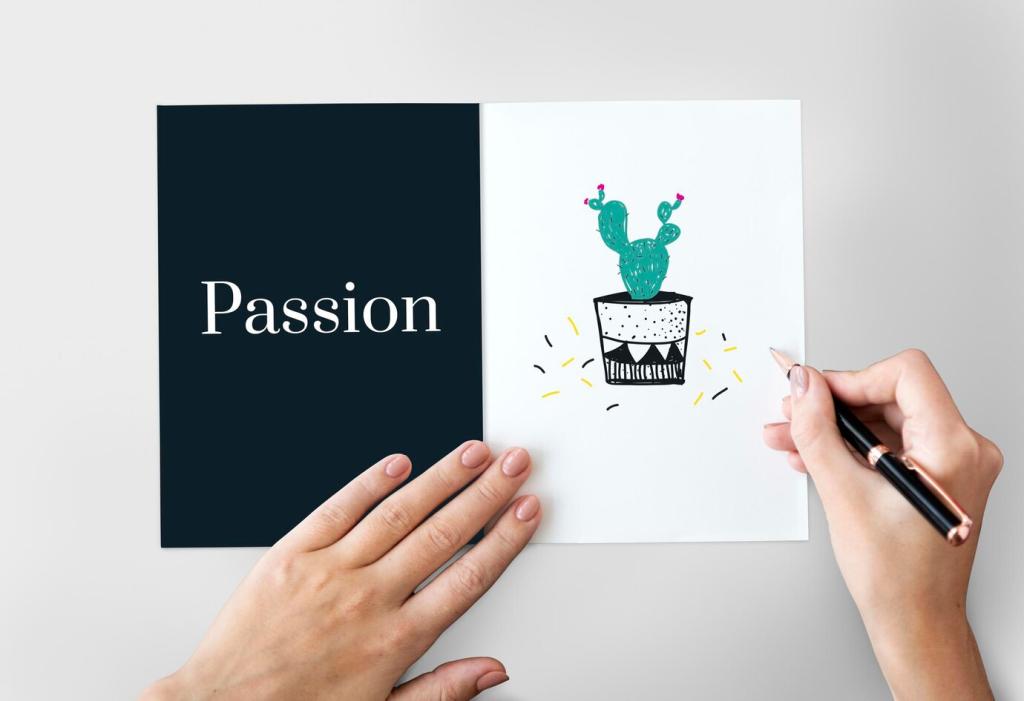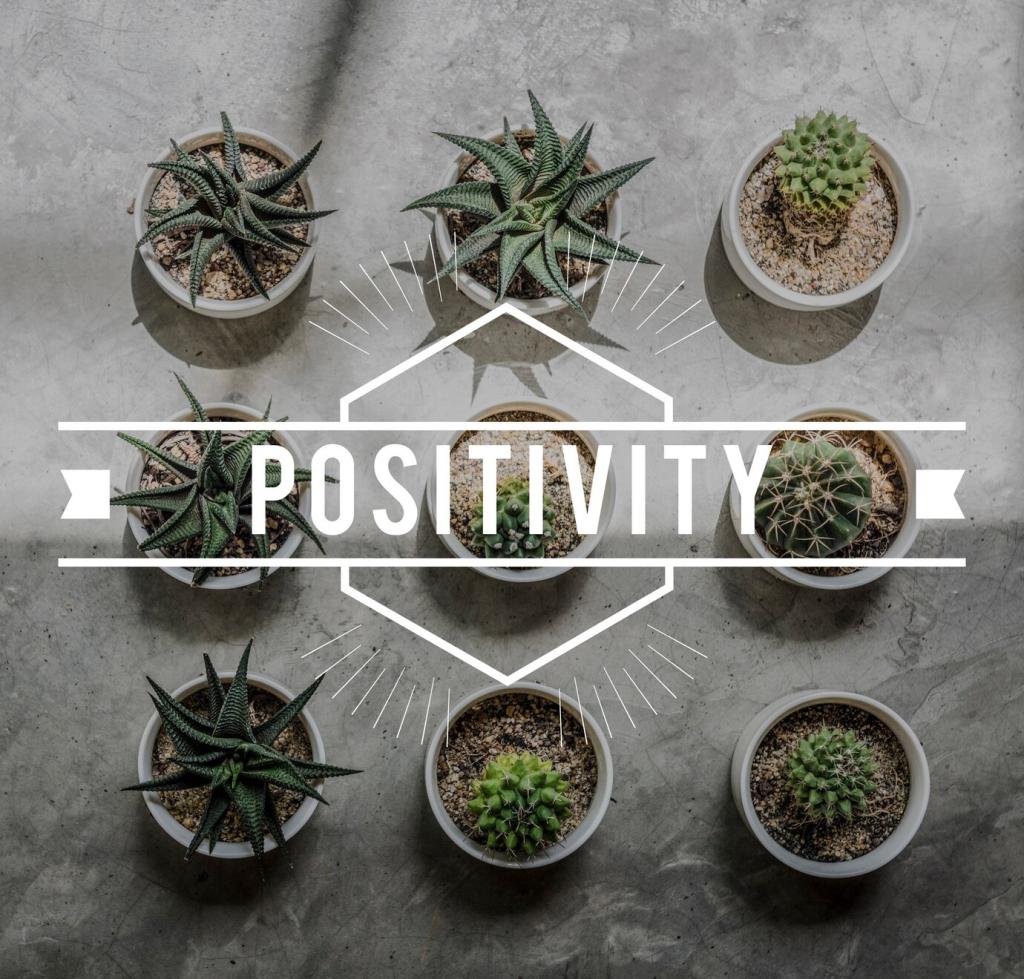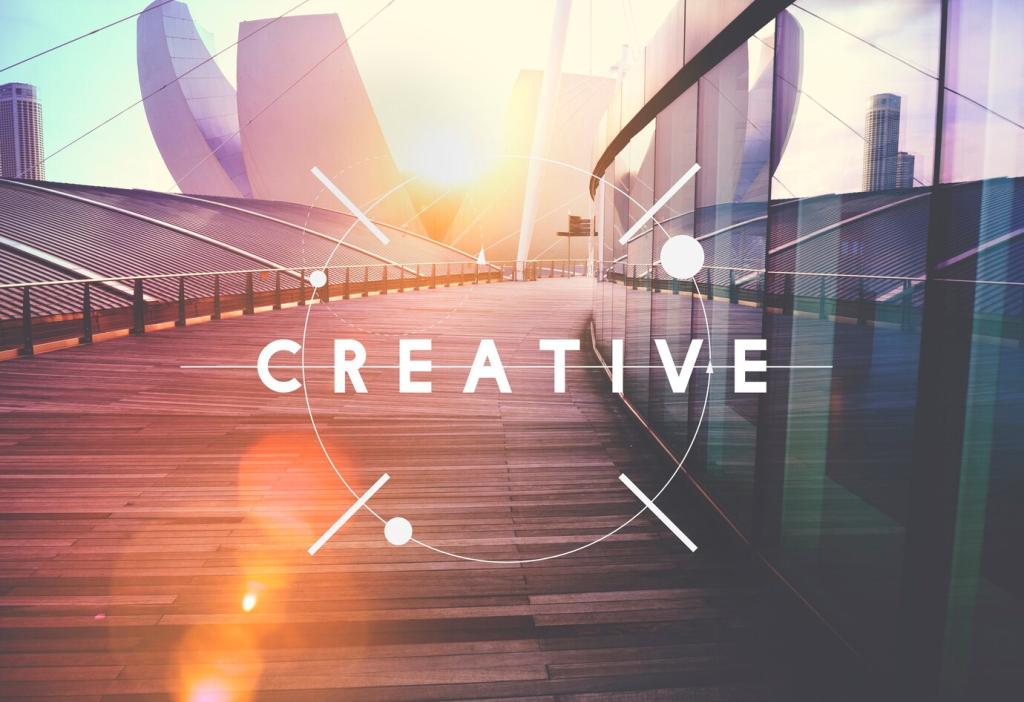The Americas Repaint the Modern
Rivera, Orozco, and Siqueiros turned walls into classrooms. Their frescoes stitched history, labor, and myth into concrete, so that commuters learned between bus stops. The city became a book you read by walking, making art a civic pulse rather than a private luxury tucked behind museum doors.
The Americas Repaint the Modern
In New York, vast canvases became arenas of decision. Jackson Pollock’s drips, Lee Krasner’s fierce edits, and Willem de Kooning’s thrusting strokes mapped interior weather. Their intensity traveled, shaping studios from Tokyo to Paris, where scale, speed, and risk became modern ways to say what words could not.





